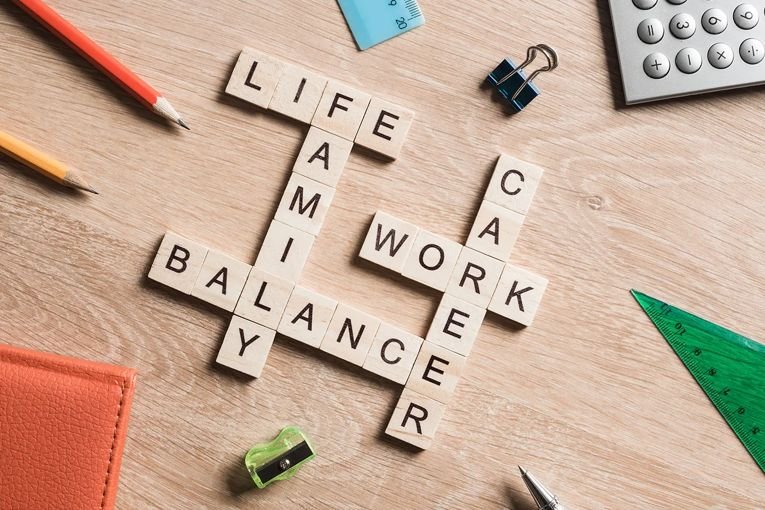Introduction
Work-life balance is essential for maintaining overall well-being and satisfaction in life. Achieving a balance between work responsibilities and personal life requires effective time management skills. In today’s fast-paced world, where work demands often spill over into personal time, it is crucial to establish boundaries and prioritize tasks to ensure a harmonious equilibrium. This article will explore practical strategies for achieving work-life balance through effective time management techniques.
Understanding Work-Life Balance
Work-life balance refers to the equilibrium between the time and effort devoted to work-related activities and those dedicated to personal pursuits, family, and leisure. It is about finding the right mix that allows individuals to fulfill their professional responsibilities while also enjoying a fulfilling personal life. A lack of work-life balance can lead to burnout, stress, and decreased overall happiness and productivity.
The Importance of Time Management
Time management is the key to achieving work-life balance. By effectively managing your time, you can prioritize tasks, set goals, and allocate sufficient time for work, family, and personal activities. Good time management helps you work more efficiently, reduces stress, and creates opportunities for relaxation and personal growth.
Setting Clear Goals and Priorities
To achieve work-life balance, it is essential to set clear goals and priorities. Identify what is most important to you in both your professional and personal life. Break down your goals into smaller, manageable tasks and prioritize them based on their importance and deadlines. By focusing on what truly matters to you, you can allocate your time and energy more effectively.
Establishing Boundaries
Establishing boundaries between work and personal life is crucial for maintaining a healthy balance. Set specific work hours and avoid bringing work-related tasks into your personal time. Similarly, when you are with your family or engaging in leisure activities, try to be fully present and avoid checking work emails or messages. By creating clear boundaries, you can protect your personal time and recharge for the next workday.
Effective Time Management Techniques
- Prioritize Tasks: Make a to-do list and prioritize tasks based on their urgency and importance. Focus on completing high-priority tasks first before moving on to less critical ones.
- Use Time Blocking: Allocate specific time blocks for different activities, such as work tasks, family time, exercise, and relaxation. This helps you stay focused and prevents distractions.
- Avoid Multitasking: Multitasking can reduce productivity and increase stress. Focus on one task at a time to ensure quality work and efficient time management.
- Delegate Responsibilities: Learn to delegate tasks at work and home to free up time for more important activities. Delegating tasks to others can help you avoid feeling overwhelmed and allow you to focus on high-priority tasks.
- Take Breaks: Schedule regular breaks throughout your workday to recharge and avoid burnout. Short breaks can help improve focus and productivity when you return to work tasks.
- Learn to Say No: It’s important to set limits and learn to say no to additional work or commitments that may interfere with your work-life balance. Prioritize your well-being and learn to decline tasks that do not align with your goals.
Creating a Supportive Environment
Surround yourself with a supportive network of colleagues, friends, and family members who understand the importance of work-life balance. Seek support from your employer for flexible work arrangements or time off when needed. By fostering a supportive environment, you can better manage your time and responsibilities.
Reflection and Adjustment
Regularly reflect on your work-life balance and assess whether your current strategies are effective. Be willing to adjust your routines and priorities as needed to maintain a healthy balance. Remember that work-life balance is a continuous process that requires ongoing evaluation and adaptation.







